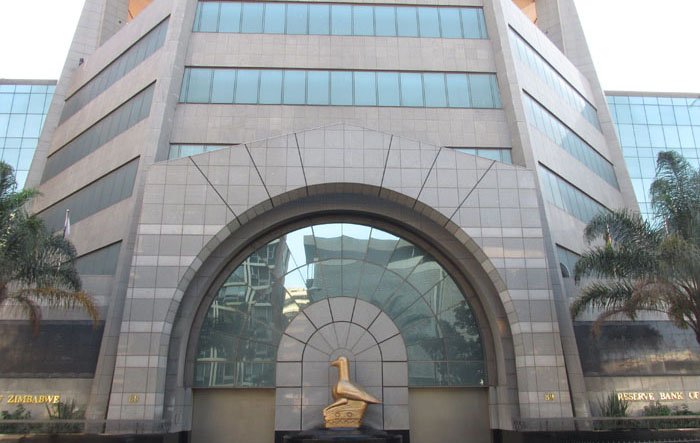Post-election policy risks hinge on monetary policy: OMIG
In 2020, the Reserve Bank of Zimbabwe lifted a ban on the use of foreign currency in domestic transactions saying this was to facilitate ease of transacting during the coronavirus period.
THE trajectory of the local currency and its function within the framework of the current multi-currency basket are key factors which will influence post-election policy risks, according to Old Mutual Investment Group (OMIG).
In its economic brief for July, OMIG said the likelihood of a peaceful general election, with muted disruption to business, remains considerably tangible.
Zimbabwe is holding polls on Wednesday and pockets of violence have been reported across the country, amid fears of a violent plebiscite.
“Post-election policy risks predominantly hinge on monetary policy, particularly the local currency’s trajectory as well as its role, shape and form in the context of the prevailing multi-currency basket,” said OMIG.
The investment firm said, overall, the political economy inherently pointed to “more of the same”.
In 2020, the Reserve Bank of Zimbabwe lifted a ban on the use of foreign currency in domestic transactions saying this was to facilitate ease of transacting during the coronavirus period.
Since the reintroduction of the multi-currency system, the local currency has been under considerable pressure.
For instance, in July 2023 it was the first time since December 2020 that the Zimdollar registered a monthly appreciation against the greenback.
The local currency closed the month under review at ZWL$4 516,80, 27% firmer against the United States dollar, from an opening position of ZWL$5 739,80.
On a year-to-date and year-on-year bases, the local currency closed 85% and 90% softer, from ZWL$684,33 and ZWL$443,88 per United States dollar, respectively, in December 2022 and July 2022.
OMIG said the Zimdollar appreciation was in line with some arguably aggressive policy measures aimed at inflation and exchange rate stabilisation.
“The effectiveness of the tight monetary policy stance is beyond contestation, yet its efficiency remains uncertain. Possible adverse side effects centre around tight market liquidity weighing down aggregate economic activity,” it said.
“Outstanding external debt obligations pose another threat to the economy’s access to mainstream foreign capital over the foreseeable outlook.”
Zimbabwe’s total public and publicly guaranteed debt increased by US$900 million to US$18 billion in 2022, up from US$17,1 billion in 2021. The increase was mainly due to penalties and arrears on existing debt.
Total external debt comprises US$5,9 billion bilateral debt, US$2,7 billion multilateral debt and US$4,2 billion debt contracted by the central bank. Arrears amount to 78% of the US$8,59 billion in bilateral and multilateral external debt.-newsday










